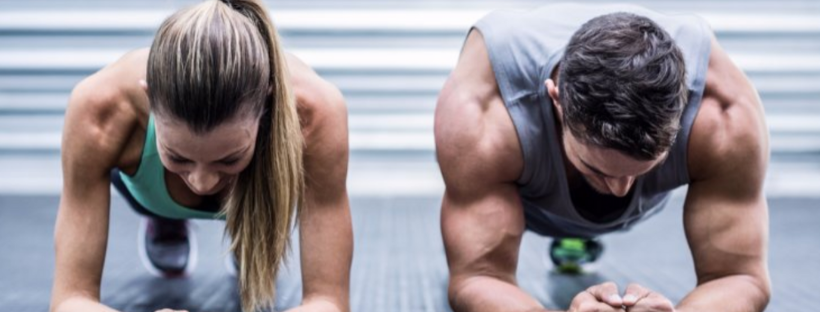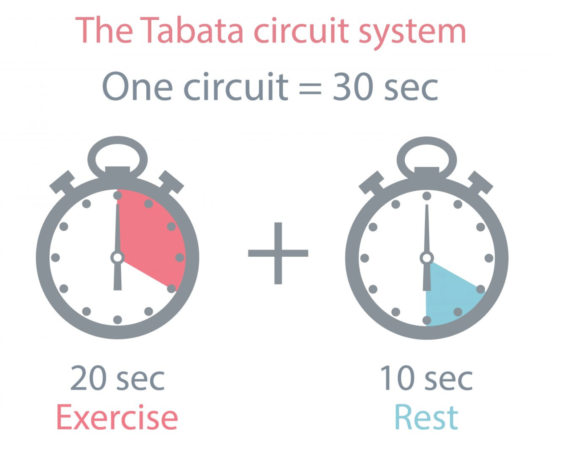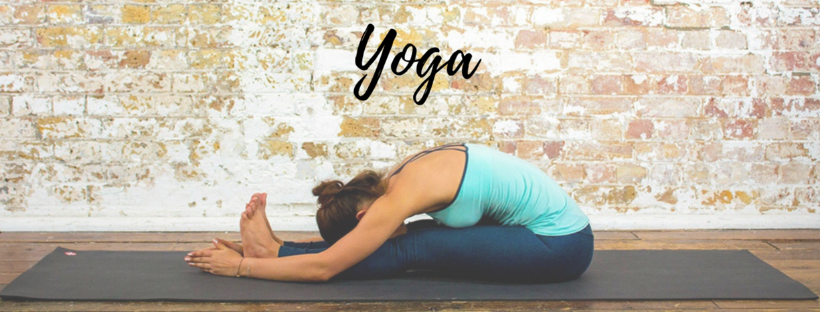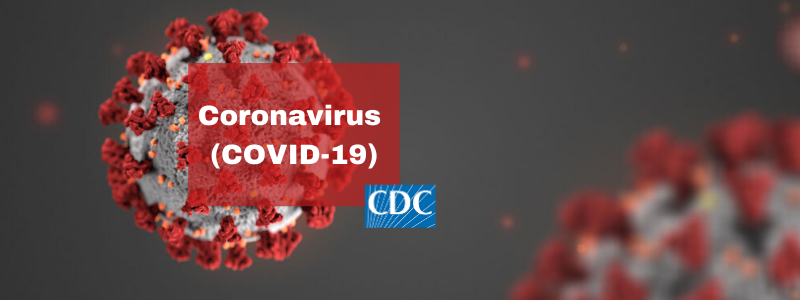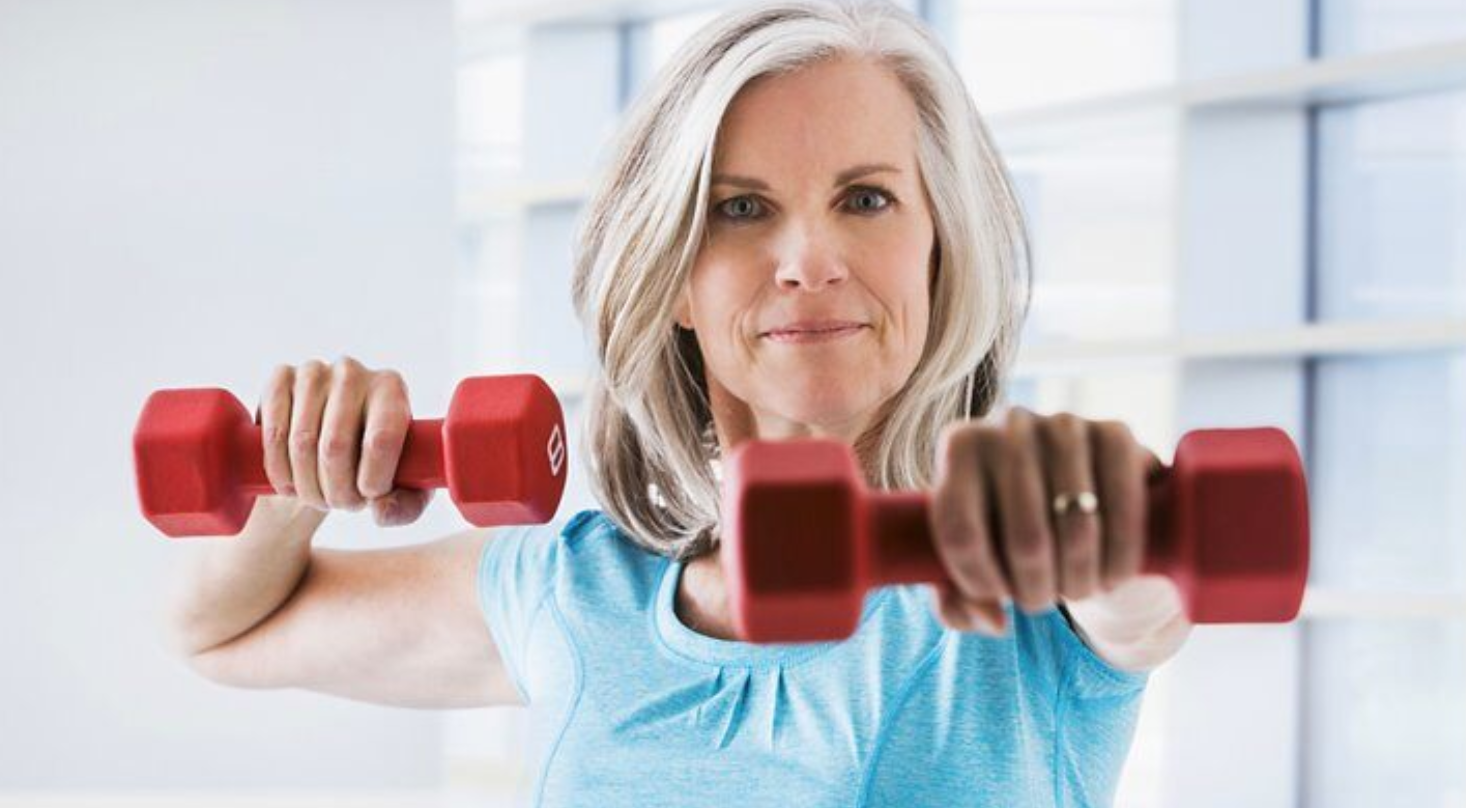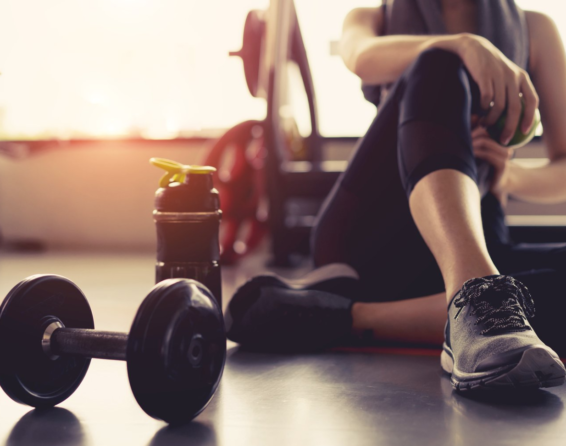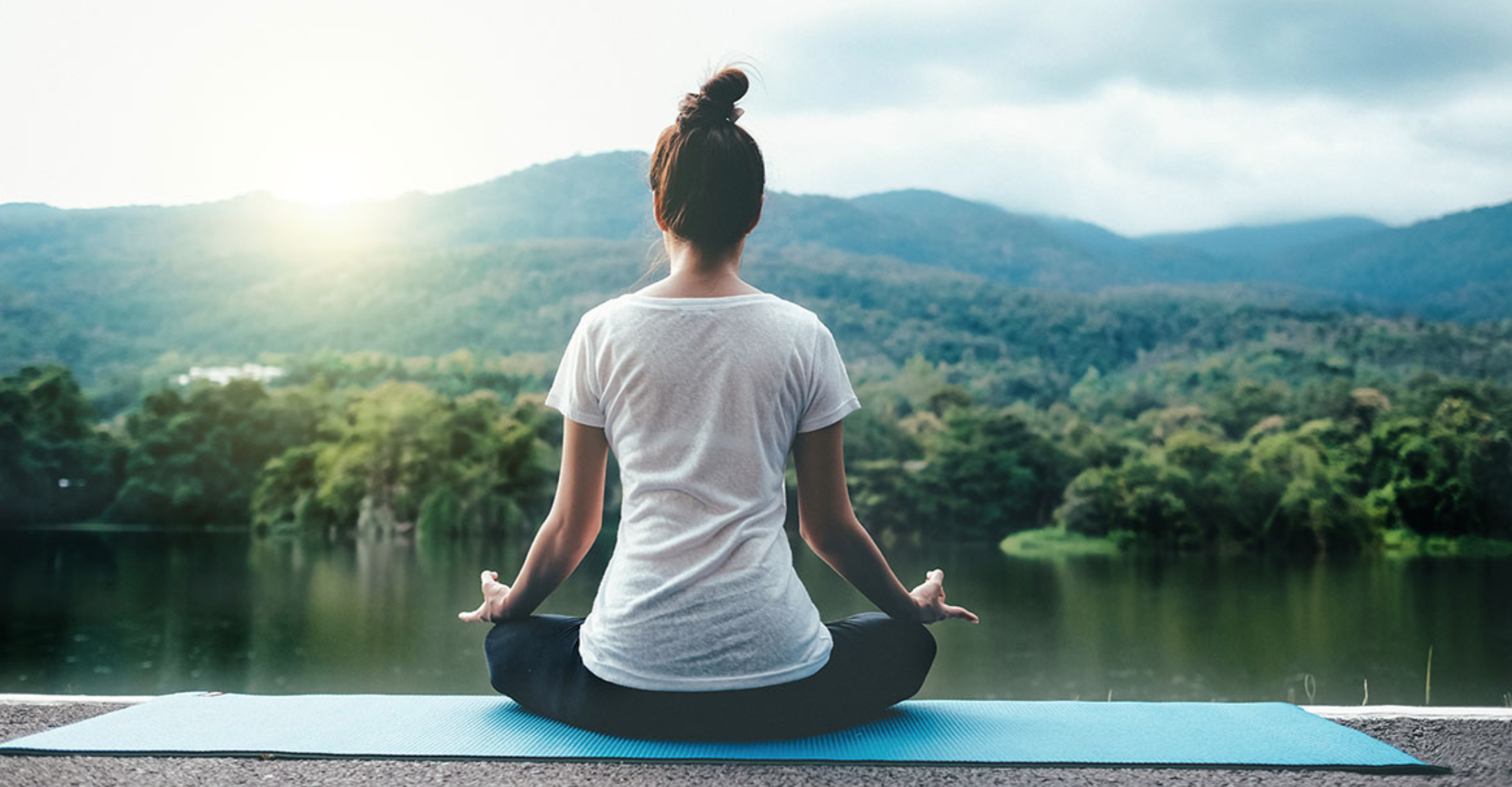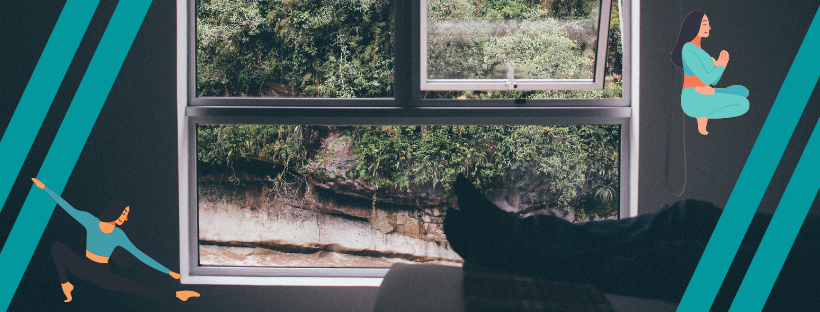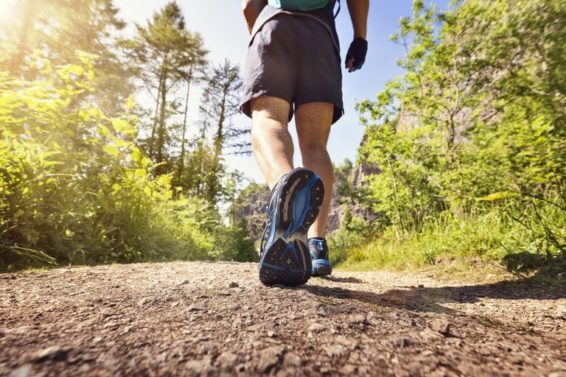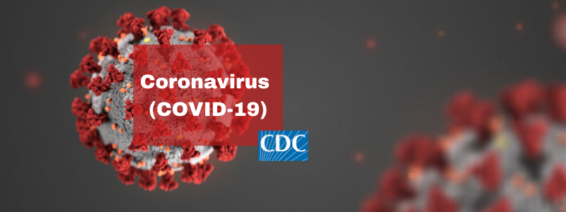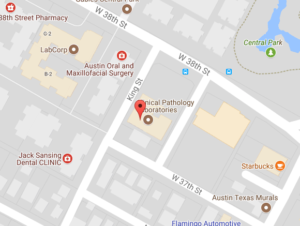
Earth Day began on April 22, 1970, as 20 million Americans (roughly 10% of the U.S. population at the time) joined together in a unified response to help save an environment in crisis. The response sent a wave across the globe with the U.S. leading the way for a call to action with landmark environmental laws: the Clean Air Act, Clean Water, and Endangered Species Act, and the Environmental Protection Agency (EPA) were all established.
While celebrating today is challenging, the event is still being held virtually all around the world to celebrate the 50th Anniversary‘s theme – “CLIMATE ACTION” – calling upon all citizens to help do their part in saving the environment. 600 Congress invites you to join us in celebrating and operating in an eco-friendly fashion.
Ways to Celebrate
Planting & Adding Greenery to Your Space
If you have a backyard, now is the perfect time to plant a garden! A small herb garden is easy to grow and maintain, and it provides fresh flavors for cooking. Adding greenery will also brighten up and boost your home or office.
Many local gardening centers are currently open with no-contact pickup available.
Shop Sustainable Brands
Everyone loves shopping, so why not make your next purchase easier on the environment? There are many brands available today, from food to clothes, that offer items made from recycled materials and with eco-friendly production and packaging. There are even items for your fur babies!
Take a Walk through Nature
Look up native plants and trees in your area and see if you can pick them out on your next walk! The Zilker Botanical Garden and Lady Bird Johnson Wildflower Center are both currently closed but offer educational components online to help in learning about our native species. Right now is also Bluebonnet Season so make sure to get those photos in!
Watch a Documentary
Cure your cabin fever by watching a documentary on Earth’s majestical beauty. The classic Planet Earth is widely available and revered, but newer series include Netflix’s Our Planet as well as Disney+’s Elephant and Dolphin Reef.
Take a Virtual Field Trip
Many museums around the country are participating in Earth Day by hosting virtual field trips. The American Museum of Natural History in New York City is currently hosting virtual tours of their museum. Click Here to give their site a visit!



